Home>Furniture & Design>Bedroom Furniture>How Often Should You Replace A Memory Foam Mattress
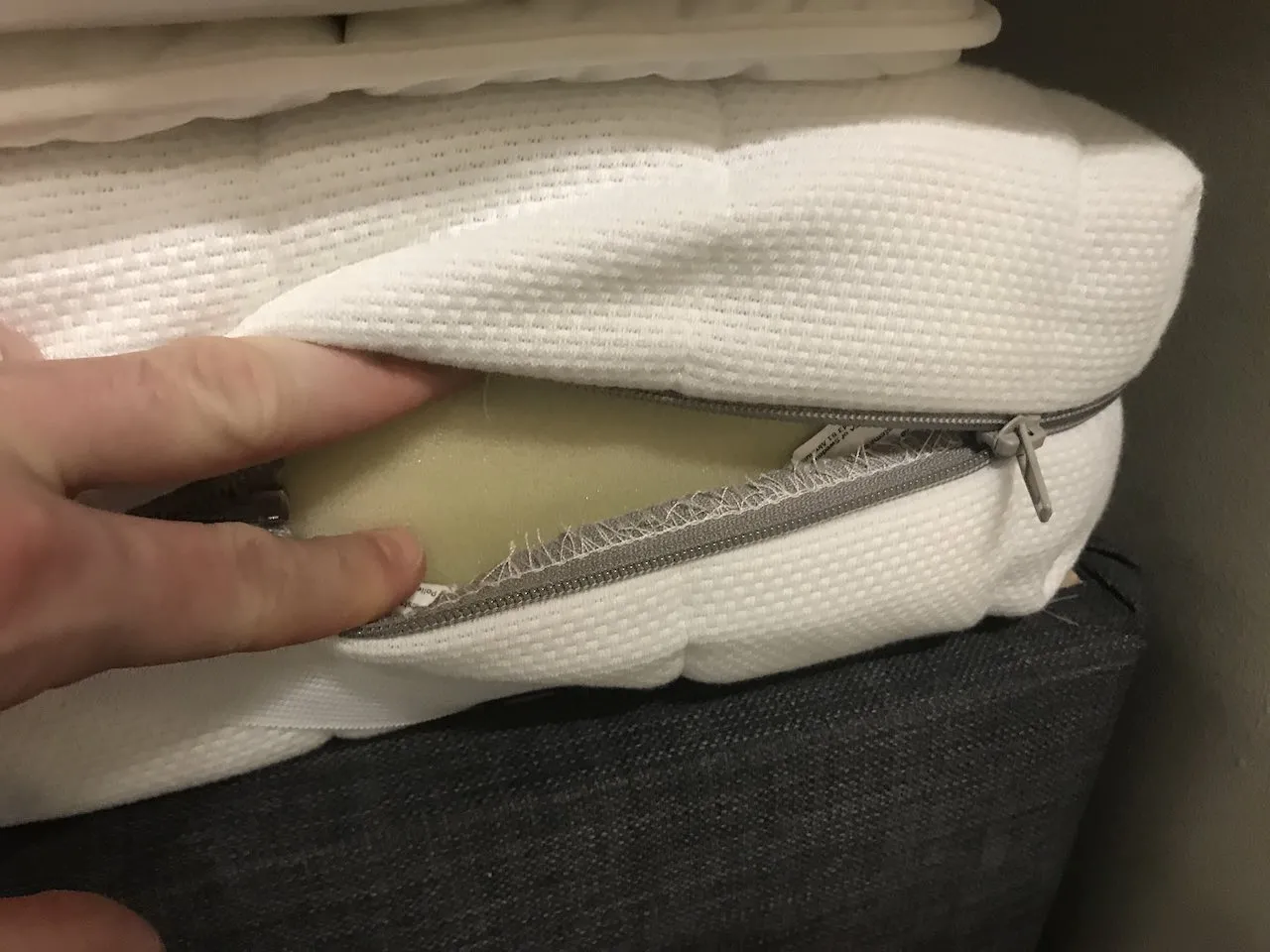

Bedroom Furniture
How Often Should You Replace A Memory Foam Mattress
Modified: January 14, 2024
Discover how often you should replace a memory foam mattress and ensure the longevity of your bedroom furniture. Get expert tips and advice on bedroom furniture, furniture, and design.
(Many of the links in this article redirect to a specific reviewed product. Your purchase of these products through affiliate links helps to generate commission for Storables.com, at no extra cost. Learn more)
Introduction
Introduction
Welcome to the world of luxurious comfort and restful sleep. Memory foam mattresses have revolutionized the way we experience bedtime bliss, offering unparalleled support and pressure relief. As you sink into the plush embrace of memory foam, you might wonder, "How often should I replace my memory foam mattress?" This question is crucial for maintaining the quality of your sleep and the health of your spine.
In this comprehensive guide, we will delve into the factors that influence the lifespan of memory foam mattresses, the telltale signs that indicate it's time for a replacement, the recommended timeline for doing so, and practical tips for extending the longevity of your beloved mattress. Whether you're a seasoned memory foam aficionado or a newcomer to the realm of sleep technology, this article will equip you with the knowledge to make informed decisions about your mattress's lifespan and care.
So, let's embark on this journey to unravel the mysteries of memory foam mattresses and discover the secrets to a rejuvenating and supportive sleep experience. Whether you're lounging on a queen-size memory foam mattress or savoring the cozy comfort of a king-size bed, this guide will empower you to make the most of your investment and prioritize your sleep quality. Let's dive in and explore the fascinating world of memory foam mattresses.
Key Takeaways:
- Memory foam mattresses can last 7-10 years with proper care. Look out for signs like sagging, loss of support, and discomfort to know when it’s time for a replacement.
- To extend the lifespan of your memory foam mattress, use a mattress protector, rotate the mattress, and maintain a supportive foundation. Regular inspection and care can ensure years of restful sleep.
Factors Affecting the Lifespan of Memory Foam Mattresses
Understanding the factors that influence the longevity of your memory foam mattress is essential for maximizing its lifespan and ensuring optimal sleep quality. Here are the key elements that impact the durability and performance of memory foam mattresses:
- Quality of Materials: The quality of the memory foam used in the mattress plays a significant role in determining its lifespan. High-density memory foam tends to be more durable and resilient, offering long-term support and comfort. When shopping for a memory foam mattress, prioritize reputable brands known for using premium materials that withstand the test of time.
- Usage Patterns: How the mattress is used and the frequency of use can affect its longevity. Factors such as the weight of the sleepers, the presence of pets on the bed, and the mattress’s exposure to physical strain and pressure all contribute to wear and tear over time.
- Maintenance and Care: Proper maintenance and care practices can significantly extend the lifespan of a memory foam mattress. Regularly rotating the mattress, using a mattress protector to shield it from spills and stains, and keeping it clean and dry can prevent premature deterioration and damage.
- Environmental Conditions: The environment in which the mattress is placed can impact its durability. Exposure to excessive humidity, direct sunlight, and temperature fluctuations can accelerate the aging of the materials, leading to a shorter lifespan for the mattress.
- Supportive Foundation: The foundation or bed frame on which the memory foam mattress rests is crucial for its longevity. Using a proper, supportive base that provides adequate airflow and minimizes sagging can help preserve the structural integrity of the mattress.
By being mindful of these factors and taking proactive measures to address them, you can enhance the durability and performance of your memory foam mattress, ensuring years of restful and rejuvenating sleep.
Signs That It’s Time to Replace Your Memory Foam Mattress
While memory foam mattresses are renowned for their longevity, they are not immune to the effects of time and wear. Recognizing the signs that indicate it’s time to bid farewell to your trusted mattress is crucial for maintaining your sleep quality and overall well-being. Here are the telltale signs that suggest it’s time to replace your memory foam mattress:
- Sagging and Indentations: Over time, memory foam mattresses may develop visible sagging and indentations, especially in areas that bear the most weight. If you notice significant dips and depressions in the mattress surface, it can compromise the support and alignment it provides, leading to discomfort and disrupted sleep.
- Loss of Support: A noticeable decrease in the mattress’s ability to support your body and alleviate pressure points is a clear indication of wear. If you find yourself sinking too deeply into the mattress or experiencing increased discomfort and stiffness, it may be time to consider a replacement.
- Visible Wear and Tear: Physical signs of wear, such as frayed edges, tears, or exposed foam, signal that the mattress’s structural integrity has been compromised. These issues not only detract from the mattress’s aesthetics but also affect its performance and comfort.
- Uncomfortable Sleep Experience: If you consistently wake up feeling achy, fatigued, or restless despite maintaining a consistent sleep routine, your mattress may be the culprit. An uncomfortable sleep experience, accompanied by a lack of proper rest and relaxation, indicates that your mattress is no longer providing the support and comfort you need.
- Increased Allergies or Respiratory Issues: As memory foam mattresses age, they can harbor allergens, dust mites, and other microscopic particles that contribute to respiratory issues and allergies. If you notice a persistent increase in allergy symptoms or respiratory discomfort, it may be time to consider a new mattress.
By remaining attentive to these signs and conducting periodic assessments of your mattress’s condition, you can make informed decisions about when to replace your memory foam mattress, ensuring that your sleep environment remains conducive to restful and rejuvenating slumber.
It is recommended to replace a memory foam mattress every 7-10 years to ensure optimal comfort and support. Over time, the foam may lose its ability to bounce back and provide proper support for a good night’s sleep.
Recommended Replacement Timeline for Memory Foam Mattresses
While memory foam mattresses are renowned for their durability, they are not immune to the effects of time and wear. Establishing a recommended replacement timeline can help you proactively manage the lifespan of your mattress and maintain optimal sleep quality. Here’s a general guideline for when to consider replacing your memory foam mattress:
7-10 Years: On average, a high-quality memory foam mattress can provide exceptional comfort and support for approximately 7 to 10 years. This timeline accounts for regular use and proper maintenance. However, individual factors such as body weight, usage patterns, and environmental conditions can influence the actual lifespan of the mattress.
Body Weight and Usage: Heavier individuals and couples may find that their memory foam mattress shows signs of wear and diminished support sooner than lighter individuals. Additionally, mattresses in guest rooms or spare bedrooms, which are used less frequently, may have a longer lifespan compared to primary mattresses.
Environmental Factors: The environment in which the mattress is placed can impact its longevity. Exposure to humidity, temperature fluctuations, and direct sunlight can accelerate the aging of the materials, potentially shortening the mattress’s lifespan.
It’s important to note that while the 7 to 10-year timeline serves as a general recommendation, paying attention to the signs of wear and diminished performance is crucial. If you notice significant sagging, loss of support, or discomfort that persists despite regular maintenance, it may be time to consider replacing your memory foam mattress, even if it falls within the 7 to 10-year range.
By being mindful of these factors and staying attuned to your mattress’s condition, you can make informed decisions about when to replace your memory foam mattress, ensuring that your sleep environment remains conducive to restful and rejuvenating slumber.
Read more: How Often To Rotate A Memory Foam Mattress
Tips for Extending the Lifespan of Your Memory Foam Mattress
Maximizing the longevity of your memory foam mattress involves proactive care and maintenance practices that safeguard its performance and comfort. By implementing the following tips, you can extend the lifespan of your mattress and continue to enjoy restful and rejuvenating sleep for years to come:
- Use a Mattress Protector: Investing in a high-quality mattress protector can shield your memory foam mattress from spills, stains, and moisture, preventing premature deterioration and damage. Opt for a breathable and waterproof protector that fits securely around the mattress.
- Rotate the Mattress: Regularly rotating your memory foam mattress can promote even wear and minimize the development of permanent indentations. Aim to rotate the mattress 180 degrees every 3 to 6 months, or as recommended by the manufacturer.
- Maintain a Supportive Foundation: Ensure that your memory foam mattress rests on a sturdy, supportive foundation or bed frame. A proper base with adequate airflow and minimal sagging can preserve the structural integrity of the mattress and prevent premature wear.
- Keep It Clean and Dry: Regularly vacuuming your mattress and spot-cleaning any spills or stains can prevent the accumulation of dirt, dust, and allergens. Additionally, allowing your mattress to air out in a well-ventilated space can help maintain its freshness and hygiene.
- Manage Environmental Conditions: Protect your mattress from excessive humidity and direct sunlight, as these factors can accelerate the aging of the materials. Consider using a dehumidifier in humid climates and utilizing curtains or blinds to shield the mattress from prolonged sun exposure.
- Follow Manufacturer Guidelines: Adhere to the care and maintenance instructions provided by the mattress manufacturer. This may include specific cleaning recommendations, weight limits, and guidelines for rotating or flipping the mattress.
- Regular Inspection: Periodically assess your mattress for signs of wear, sagging, or loss of support. Being proactive in identifying potential issues allows for timely intervention and maintenance, preserving the mattress’s performance.
By integrating these proactive measures into your mattress care routine, you can safeguard the longevity and performance of your memory foam mattress, ensuring that it continues to provide the restorative comfort and support you deserve.
Frequently Asked Questions about How Often Should You Replace A Memory Foam Mattress
Was this page helpful?
At Storables.com, we guarantee accurate and reliable information. Our content, validated by Expert Board Contributors, is crafted following stringent Editorial Policies. We're committed to providing you with well-researched, expert-backed insights for all your informational needs.
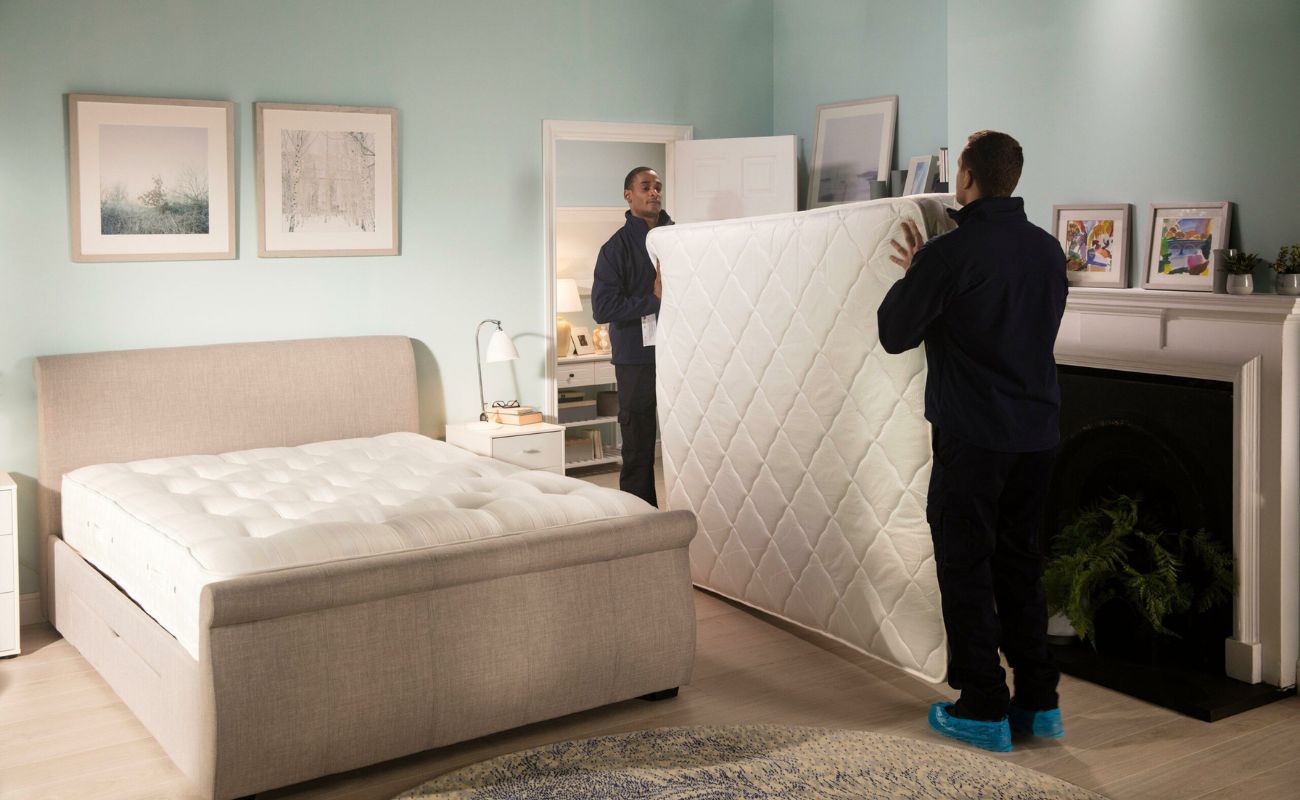


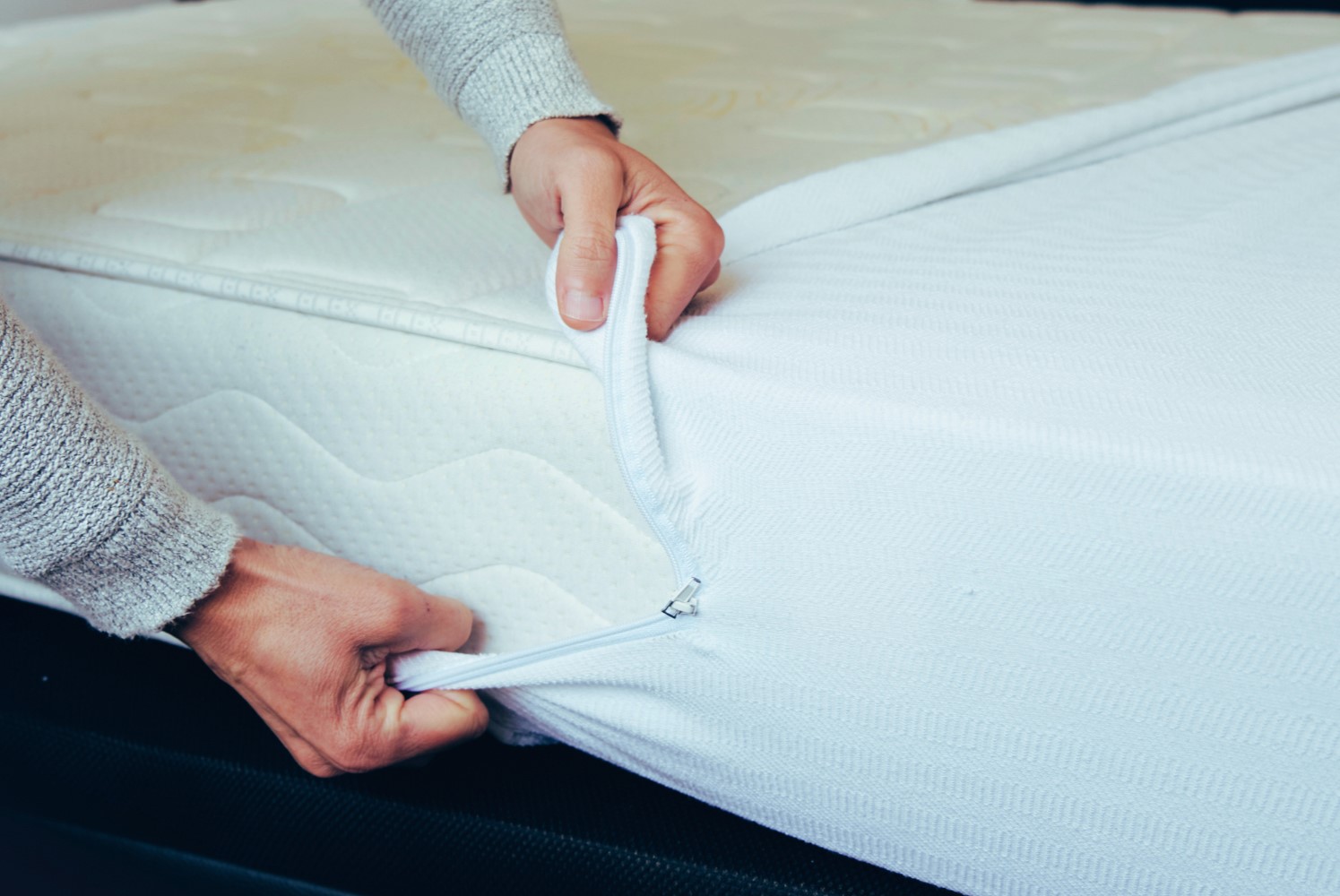
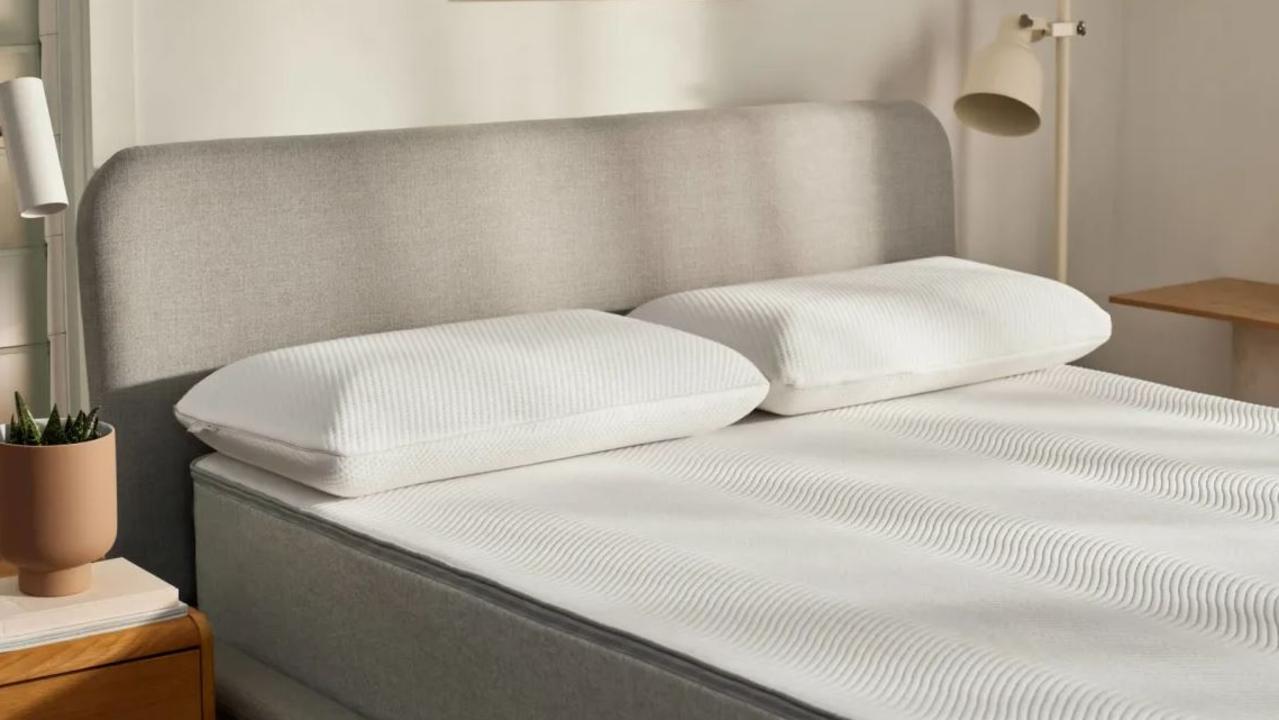

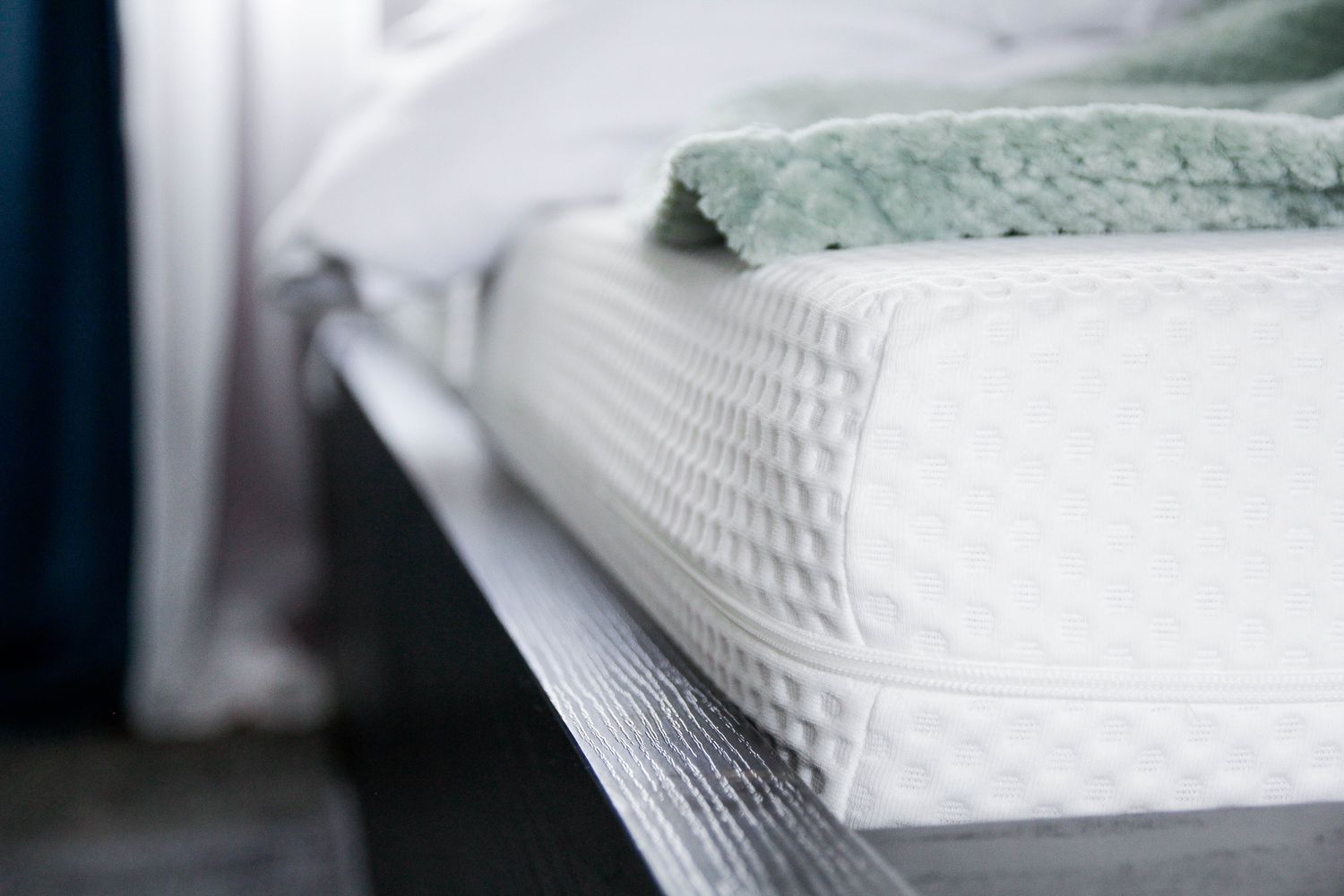
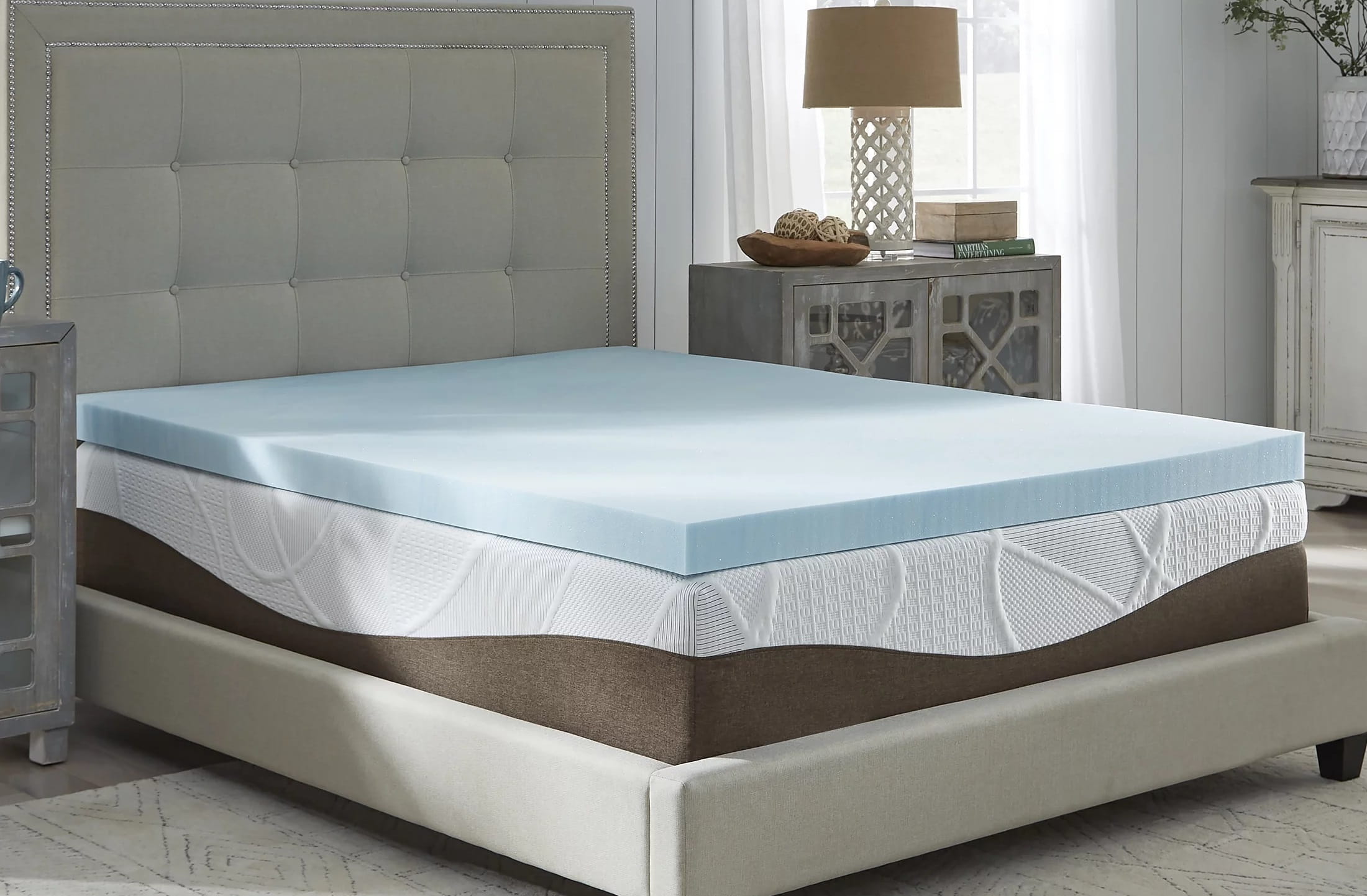
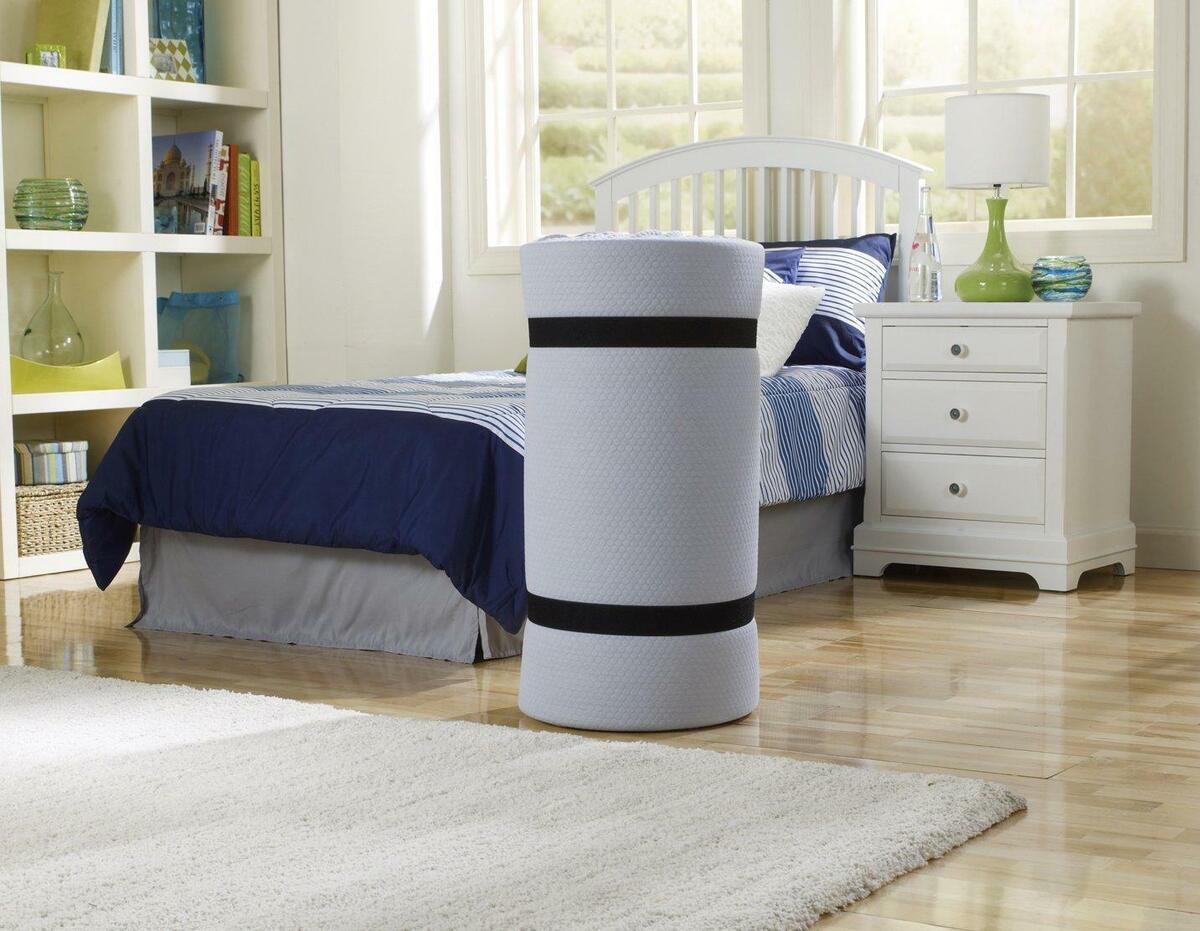
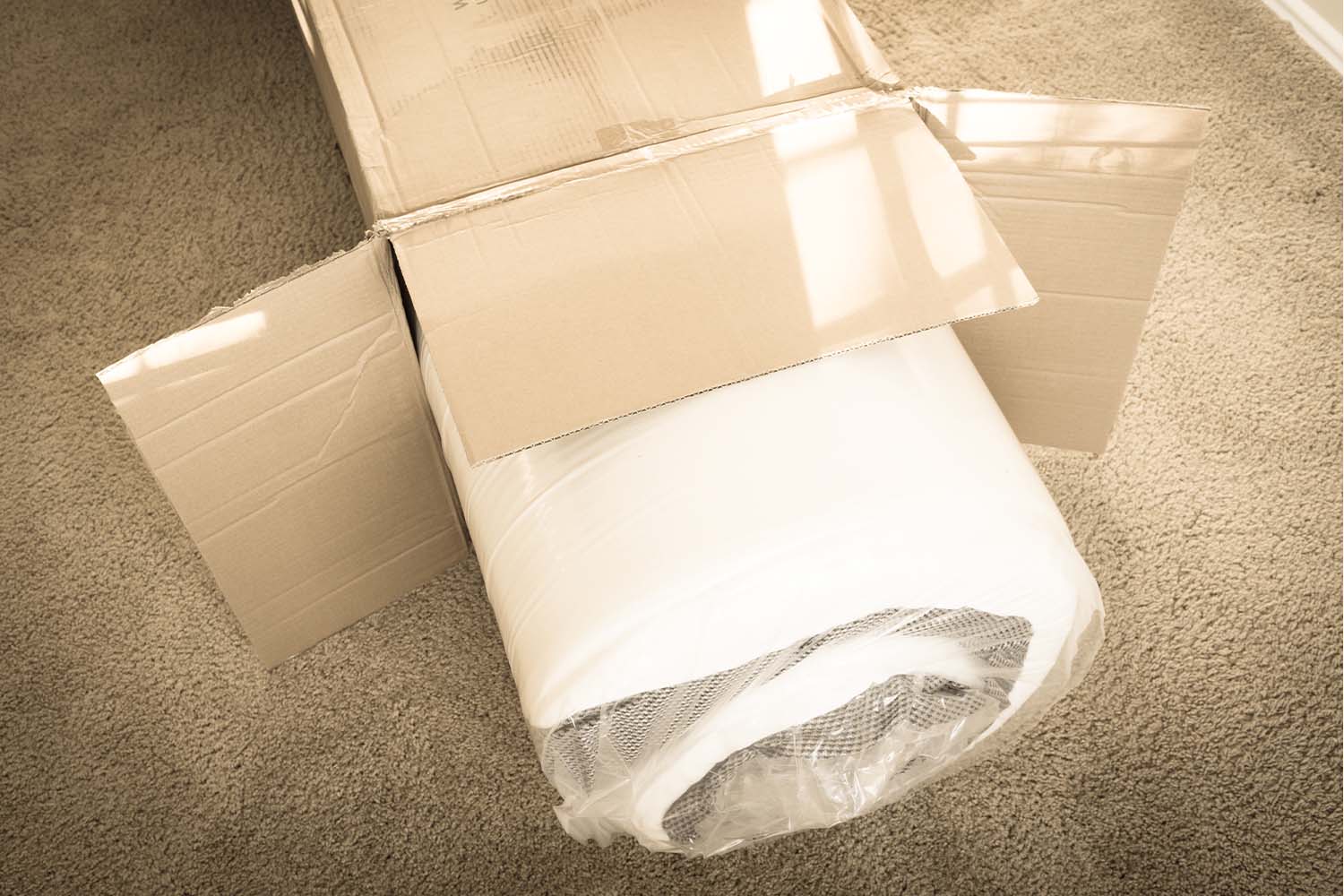
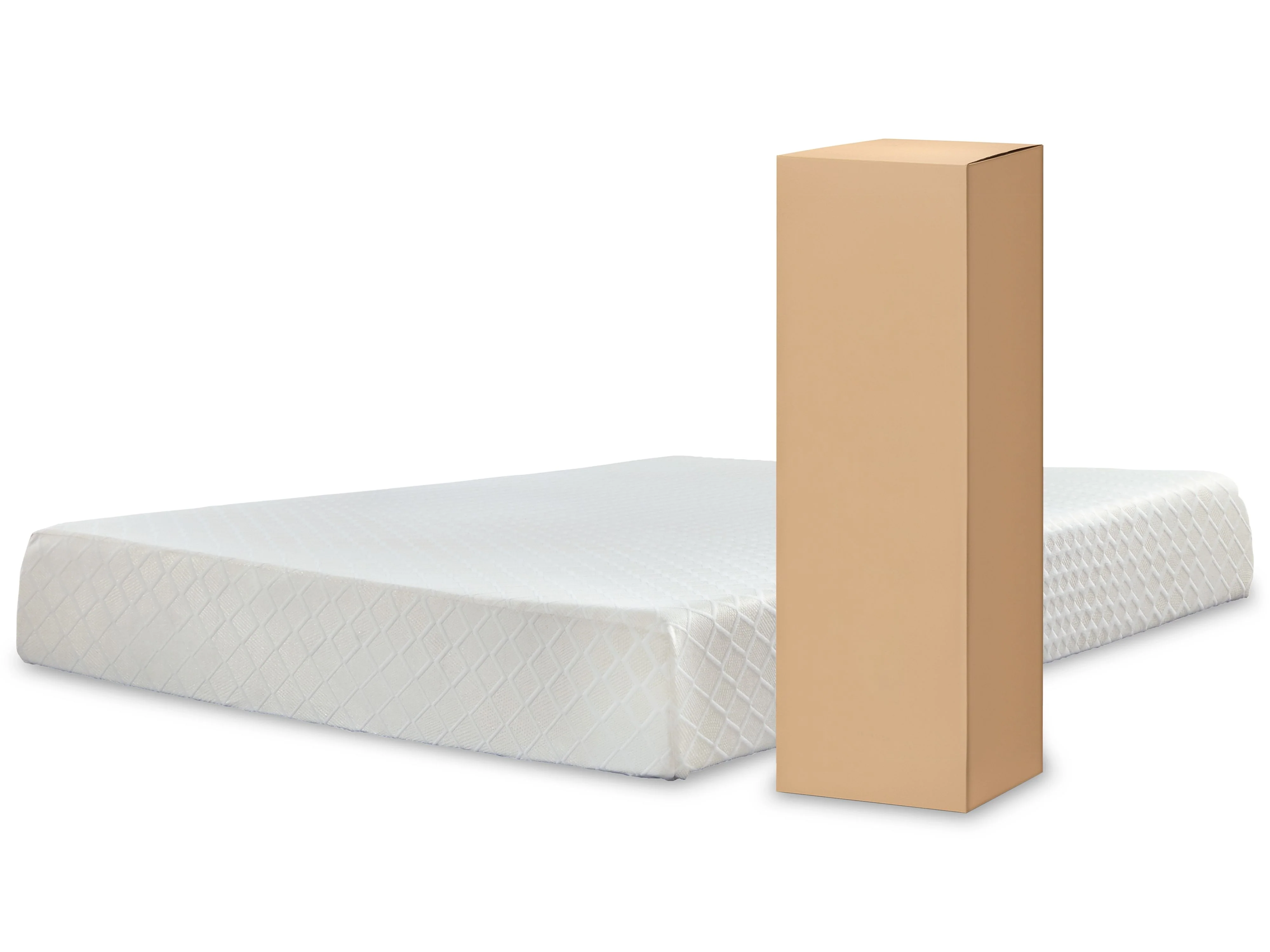
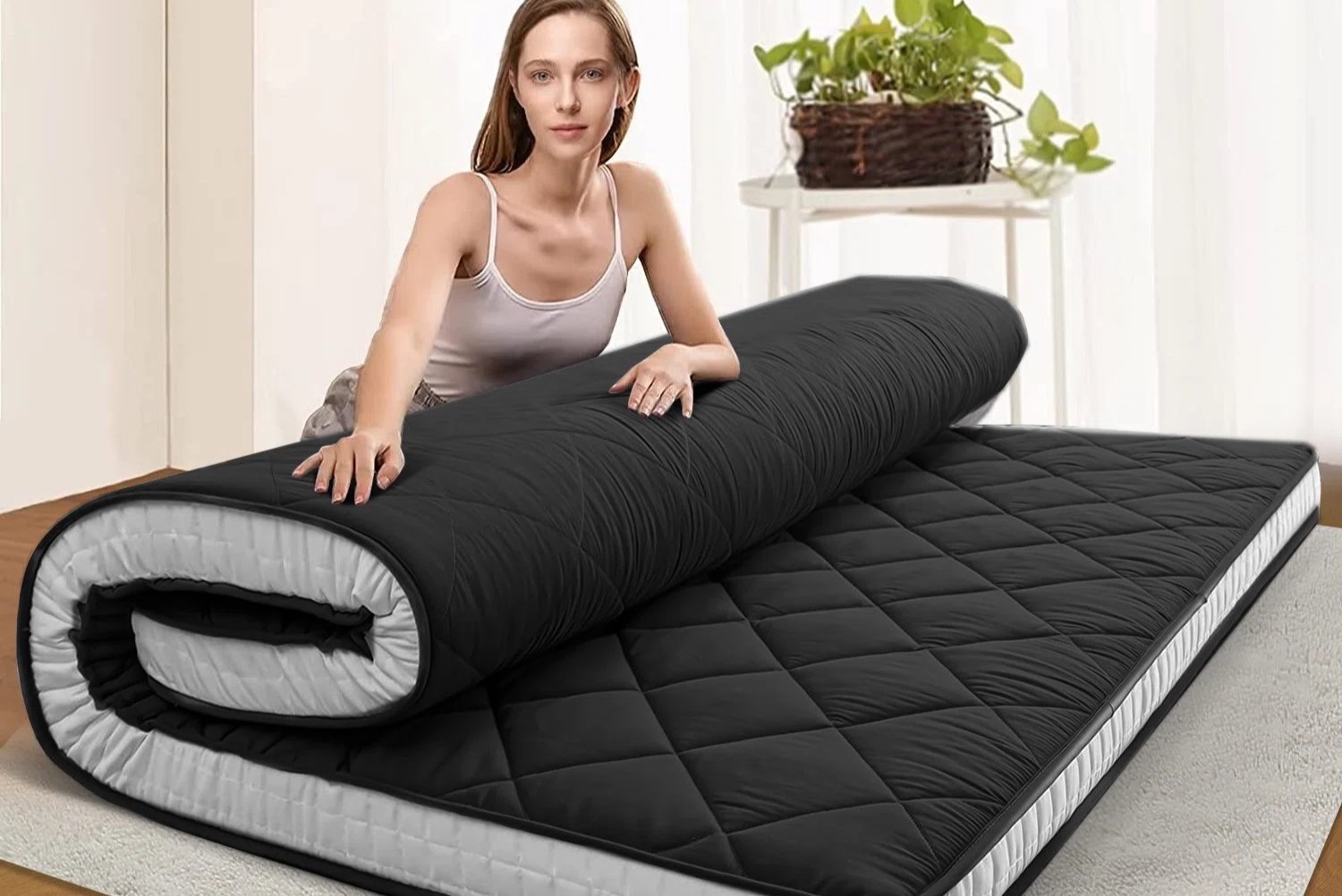

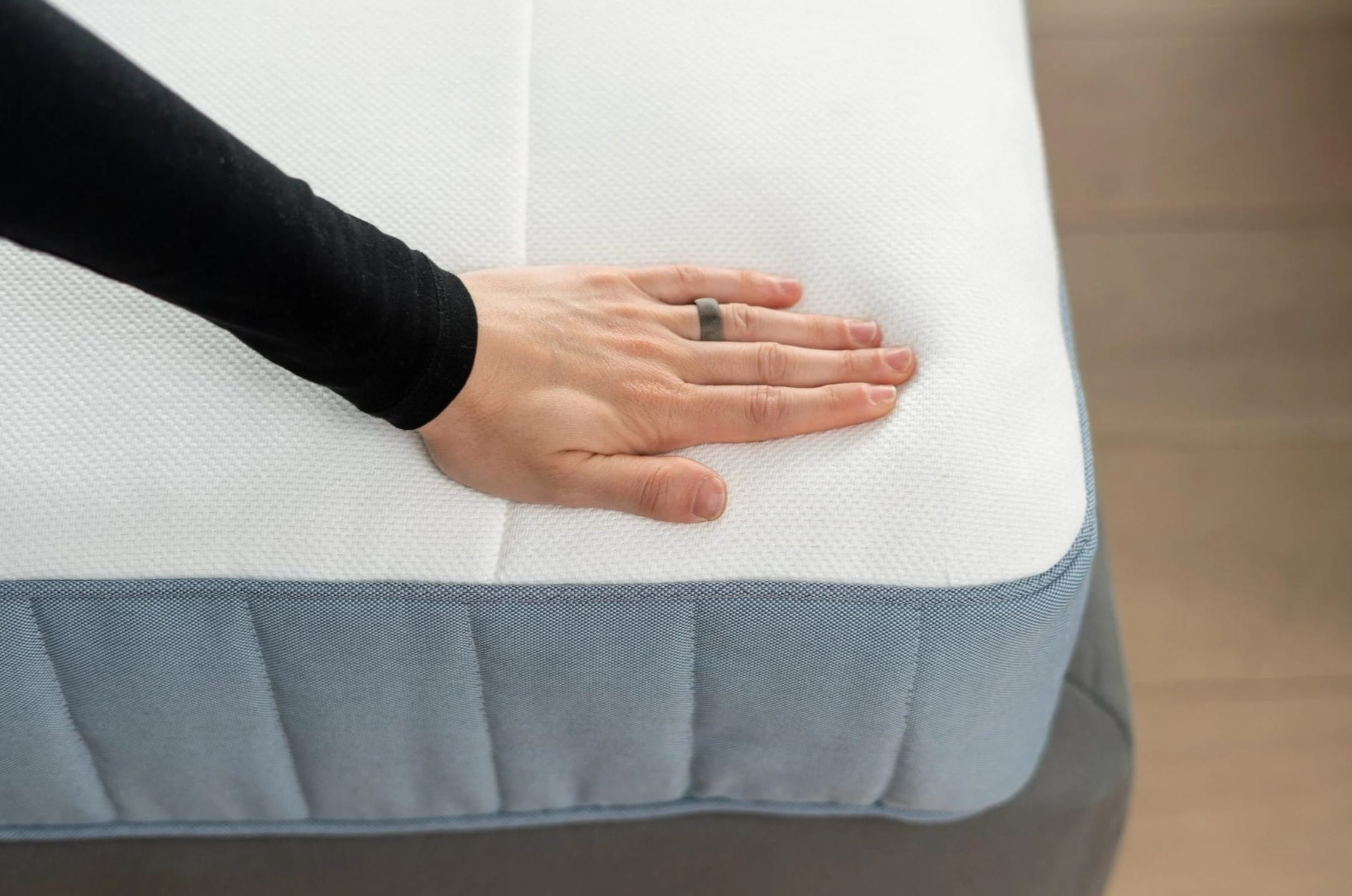

0 thoughts on “How Often Should You Replace A Memory Foam Mattress”